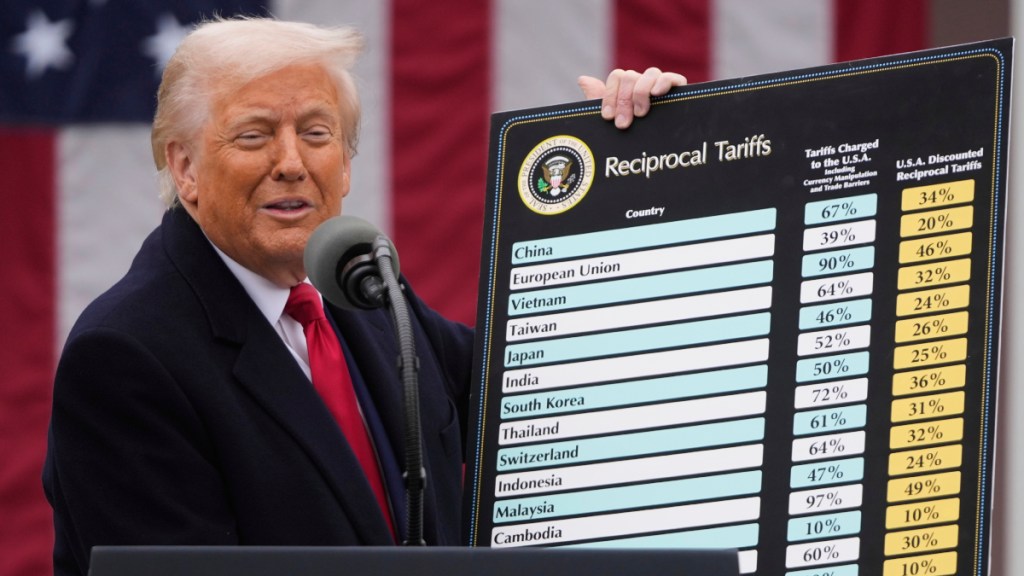The new tariff regime implemented by US President Donald Trump seems to take a toll on every automotive OEM across the world, including the one in its home turf. The latest to fall prey is General Motors (GM). The American auto giant reported a notable second-quarter profit despite taking a $1.1 billion hit due to tariffs, signaling resilience in the face of rising trade pressures.
The automaker beat Wall StreetWall Street expectations, supported by strong U.S. sales of its core gasoline-powered trucks and SUVs. However, GM cautioned that the tariff impact is expected to intensify in the third quarter, reaffirming its earlier estimate that trade-related headwinds could erode annual earnings by $4 billion to $5 billion.
GM earnings, stock prices drop
Despite these challenges, GM stated it aims to mitigate around 30% of the projected tariff impact through internal adjustments. Shares of the automaker dropped approximately 6% in early trading following the results. Quarterly revenue dipped nearly 2% year-over-year to $47 billion, while adjusted earnings per share fell to $2.53, down from $3.06 a year earlier. Still, the figure surpassed analyst expectations, which averaged $2.44 per share, according to LSEG data.
The company maintained its adjusted core annual profit forecast of $10 billion to $12.5 billion. GM was among several automakers to revise guidance due to U.S. trade policy changes, including President Trump’s recent tariff increases and budget legislation.
Focus shifts to Gasoline as EV momentum slows
Beyond the financial implications of tariffs, GM’s underlying business performance remained solid. Sales in the USA — the company’s main source of profit — grew 7% during the quarter, aided by sustained demand and high transaction prices for full-size pickups and SUVs. GM also returned to profitability in China after reporting losses in the region a year earlier.
Nevertheless, with the increasing cost burden from tariffs, analysts suggest that GM may need to scale back future investments or cut spending elsewhere. This may affect the company’s long-term goals, including its ambition to phase out gasoline-powered vehicles by 2035.
Automakers, including GM and Stellantis, have recently emphasized investment in traditional combustion-engine operations. In June, GM committed $4 billion to upgrade three U.S. plants in Michigan, Kansas, and Tennessee. This includes plans to shift Cadillac Escalade production to the U.S. and boost output of its large pickup trucks. The company also relocated production of the Chevrolet Blazer from Mexico to Tennessee, highlighting a strategic pivot toward domestic manufacturing.
Currently, about 50% of GM vehicles sold in the U.S. are imported, primarily from Mexico and South Korea. In contrast, rival Ford manufactures nearly 80% of its vehicles sold in the USA, domestically.
The slowdown in EV sales growth has also contributed to this strategic shift. While EVs saw rapid growth earlier in the decade, consumer demand has softened. Adding pressure, federal tax credits for new and used EVs are set to expire in September, making electric vehicles less financially attractive.
Meanwhile, recent legislation removes penalties for missing fuel economy targets, potentially incentivizing automakers to continue focusing on gasoline models. With evolving market conditions and policy shifts, GM and its peers may increasingly prioritize near-term profitability from combustion-engine vehicles over aggressive EV expansion — for now.
(With inputs from Reuters)




















